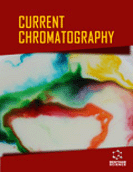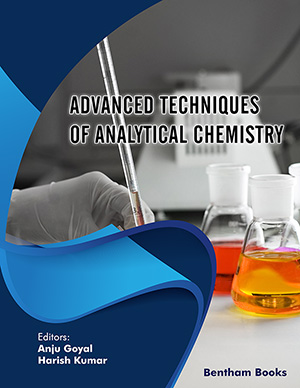Abstract
Background: Presence of toxic chemicals in daily diet is one of the major challenges before mankind today, especially a diet like milk, which not only is the main food for infants and children, but also is amongst the most consumed foods of animal origin by adults. The presence of various persistent and toxic pollutants like polychlorinated biphenyls (PCBs) in milk is a well-known fact. However, the analysis of milk for monitoring of its quality is a tedious job due to the current complex methods of analysis. The current methods are time consuming multistep methods hence chances of introduction of error in analysing trace level pollutants in the environmental matrices are more. To overcome this difficulty, a new methodology was developed.
Methods: This new methodology is a simple and rapid method based on the solvent-less headspace-solid phase micro extraction (HS-SPME) technique followed by gas chromatography with electron-capture detection (GC-ECD) and was developed for the simultaneous determination of 14 congeners of PCBs in packaged milk samples. Several experiments were performed to assess the influence of various factors on SPME procedure and to determine the optimal extraction conditions. The final conditions were optimized with PDMS/DVB/Car fibre in headspace mode SPME with vigorous stirring at 100°C and exposure time of 50 minutes. The analysis was carried out in a GC-ECD while the confirmation of sample peaks was done in GC-MS.
Results: During standardisation of the method, the fiber with coating of PDMS/DVB/Car was found to give maximum response, hence was used for all further analyses. Limits of detection reaching pg/ml were obtained using this method. When compared with the general LLE method of extraction, for spiked and non-spiked samples, the results obtained were in good agreement with each other. Additionally, the method was found to be reproducible and very efficient for trace level detection of PCBs contamination in Milk.
Conclusion: As compared to the conventional methods, this method is fast, accurate, reproducible, easy, nearly interference free, hence does not require additional clean up and evaporative pre-concentration steps thus reducing possibilities of error and generation of large amounts of waste. This method can be used for quick and efficient ultra-trace level analysis of chlorinated pollutants like the PCBs.
 23
23 2
2

















